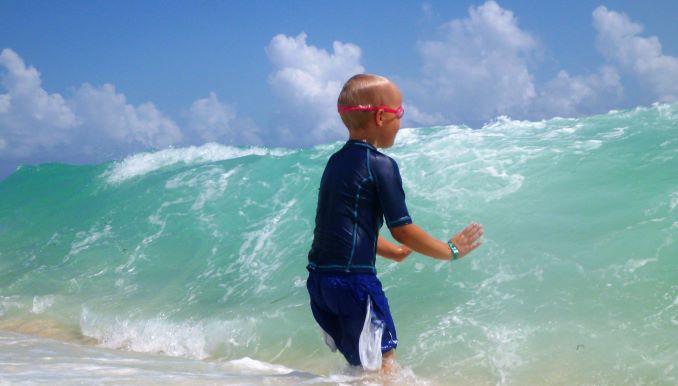A ginormous pharma industry is looking for growth with the help from the big blue, while at the same time needing to reduce greenhouse gas emissions.
The global marine pharmaceuticals market size was close to $2.9 billion in 2021 and is projected to reach $67 billion by 2031. By comparison, pharma revenues worldwide totaled $1.48 trillion in 2022.
The healthcare sector is responsible for almost 5% of global greenhouse gas emissions. Shipping and aviation is at approx. 3% each, globally.
Between 20-55% of health systems emissions come from pharmaceutical companies (production, energy consumption and supply chain).
I try to stick to my key enquiry in this blog; what we can and cannot take from the ocean to fix the climate crisis.
Companies and researchers have so far discovered 34,000 marine products. These can be used for medicines, food and cosmetics. Out of the eight developed for medical use, five of these are used for cancer treatment.
Barriers to harvest
Some of the challenges to get medicines from the ocean are efficient techniques to harvest marine compounds. You need to go to the deep seas. Furthermore, obtaining a molecule from a marine source is hard.
It is also difficult to ensure a stable, continuous supply of marine derived medicinal chemicals in a cost-effective and sustainable manner.
Which companies are looking for marine-derived medicines?
- Seattle Genetics (U.S.)
- DSM (Netherland)
- Eisai Co (Japan)
- BASF (Germany)
- Amway (U.S.)
- Pfizer (U.S.)
- Pelagia (EPAX) (Norway)
- Pharma Mar SA (Spain)
- Croda (U.K.)
- GNC (U.S.)
- GSK (U.K.)
- TerSera Therapeutics (U.S.)
- Nordic Naturals (U.S.)
- Carlson Labs (U.S.)
Use of discard
The FAO estimates that 27% of all fish globally is lost or wasted after landing.
According to this article, such biomass can be used for macromolecules and bioactive, much better than can be obtained by synthetic means. Furthermore, the inherent renewable character of marine resources will assure new and promising benefits, including the provision of innovative compounds with a lower carbon footprint, as well as a highly valuable alternative to polymers obtained from fossil fuels (alternatives to plastic).
This sounds good, but while discard from fishing can be used for sustainable medicine extraction, it can also serve as greening unsustainable fishing. A bit like recycling of clothes. Regulators and consumers think it works, but in the end it doesn’t.
The article further explains: It seems that the metabolic pathways of primitive marine organisms and humans are in many ways remarkably similar. Simple life forms such as sponges and cnidarians provide ideal models for understanding human biochemical processes and diseases. Research is focusing on disorders of the human barrier organs – the skin, lungs and the intestine.
A little bit of biochemistry
Among the source of natural compounds found in the oceans, polysaccharides obtained from marine organisms are currently being investigated for different biomedical applications. These are tissue engineering, drug delivery and regenerative medicine.
Polysaccharides from marine organisms can possibly be used for tissue engineering , drug delivery and regenerative medicine.
In biochemistry, saccharides are the carbohydrates or sugars that serve as the main source of energy that fuels diverse biochemical processes.
Polysaccharides are used as demulcents “slime”, in drug formulations, for dental-impression materials, dusting powders, hemostatics, and for treatment of mild intestinal disorders. They are also used for plasma replacement.
Regenerative medicine is a broad field that includes tissue engineering but also incorporates research on self-healing – where the body uses its own systems, sometimes with help foreign biological material to recreate cells and rebuild tissues and organs.
Marine-origin polysaccharides are readily and widely available, thus enhancing their potential as a low-cost and green strategy for the development of new materials for the biomedical field.

Why we need the High Seas Treaty
Combined with the Montreal agreement, the High Seas Treaty can make life harder for ocean burglars
I am trying to grasp this. What numbers are we talking about?
Fair and efficient extraction possible?
States have exclusive fishing- and extraction rights extending 200 nautical miles from land. Beyond this is the open ocean. There is no convention here that protects marine life. The Convention on the High Seas have rules for the use of marine resources. But it doesn’t say how states should use these resources sustainable.


